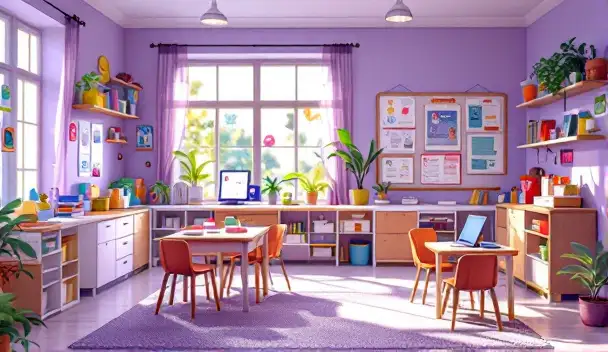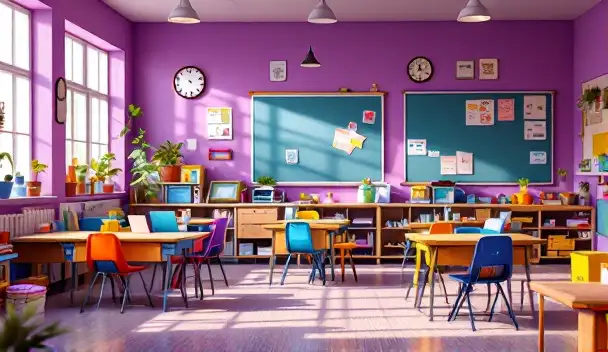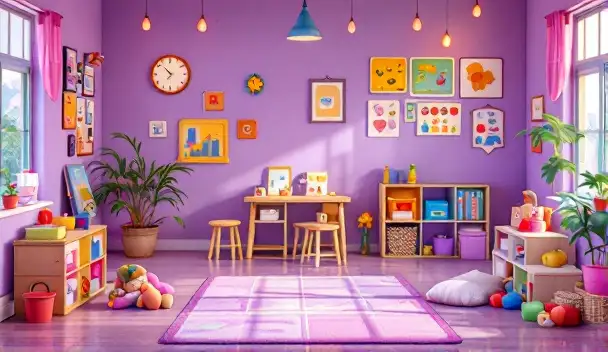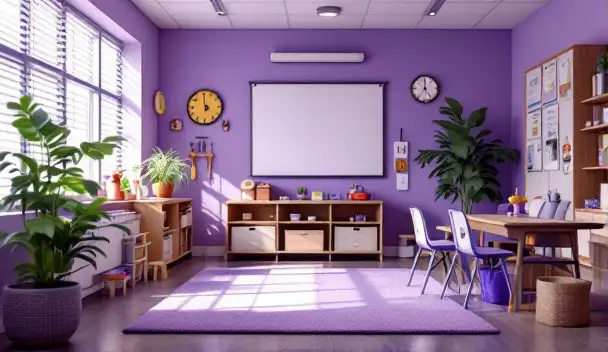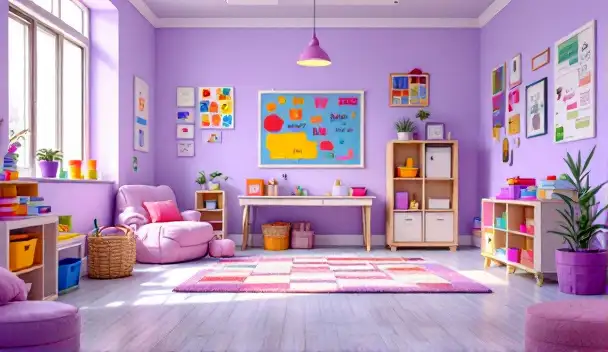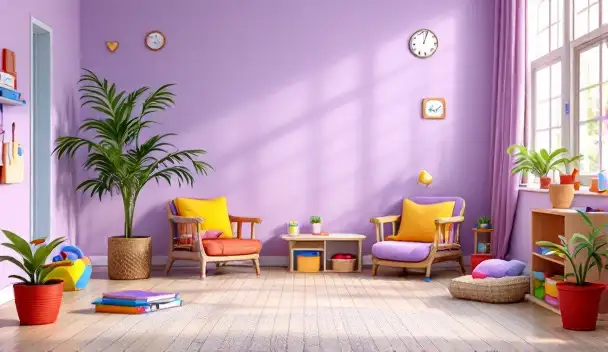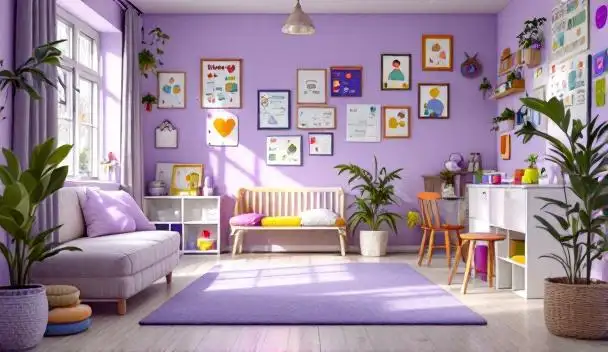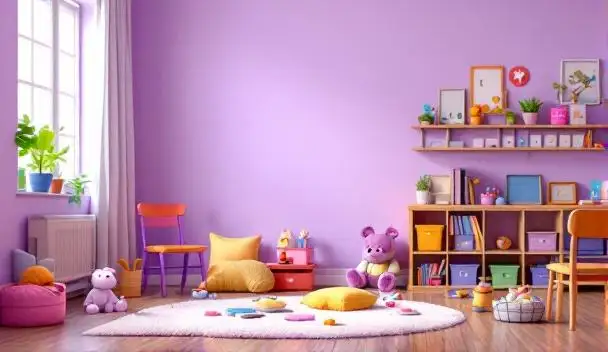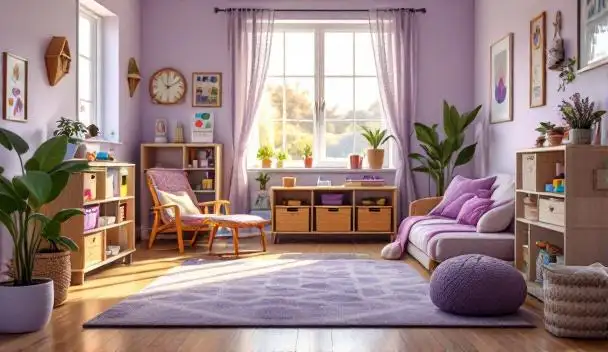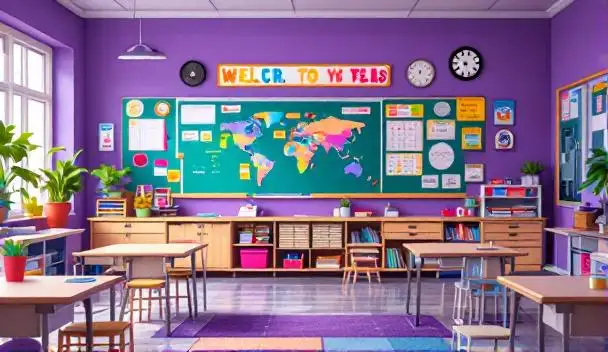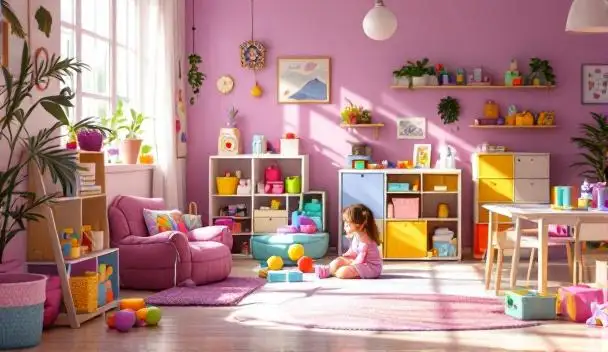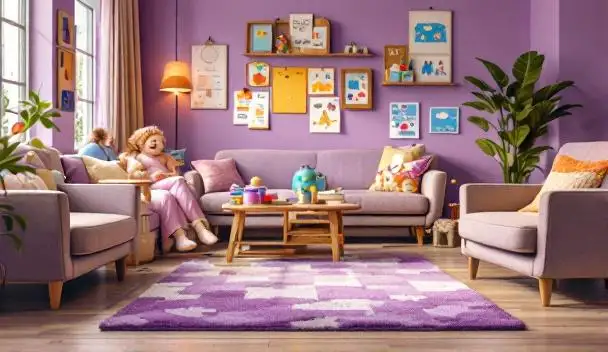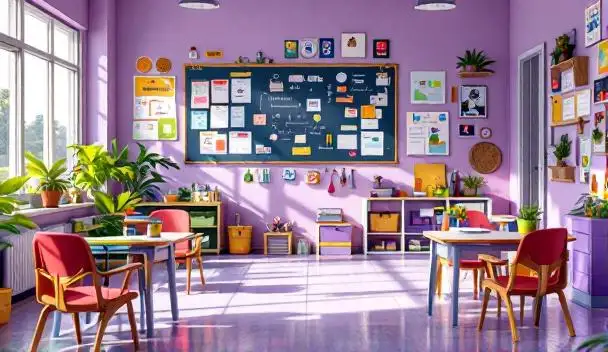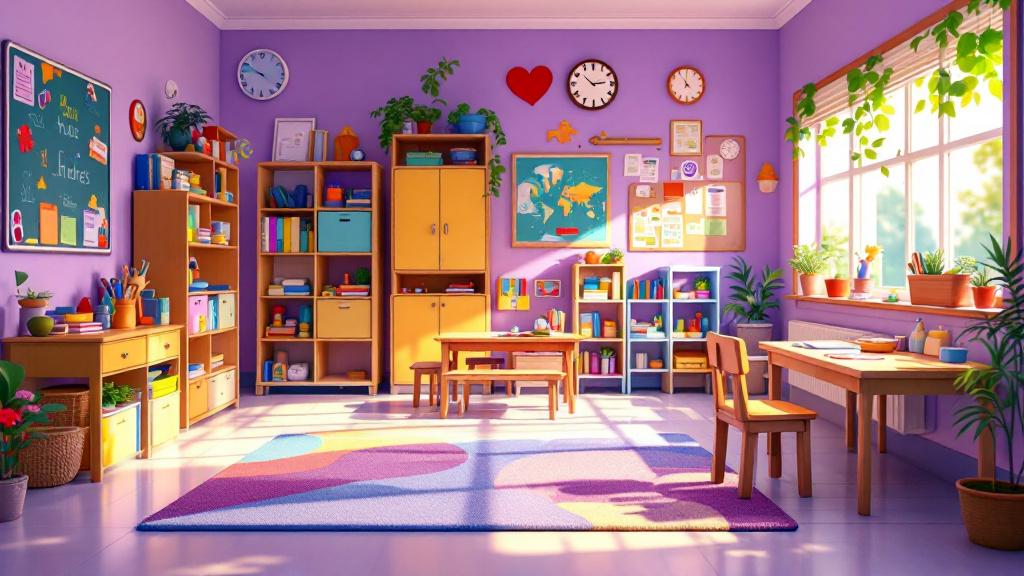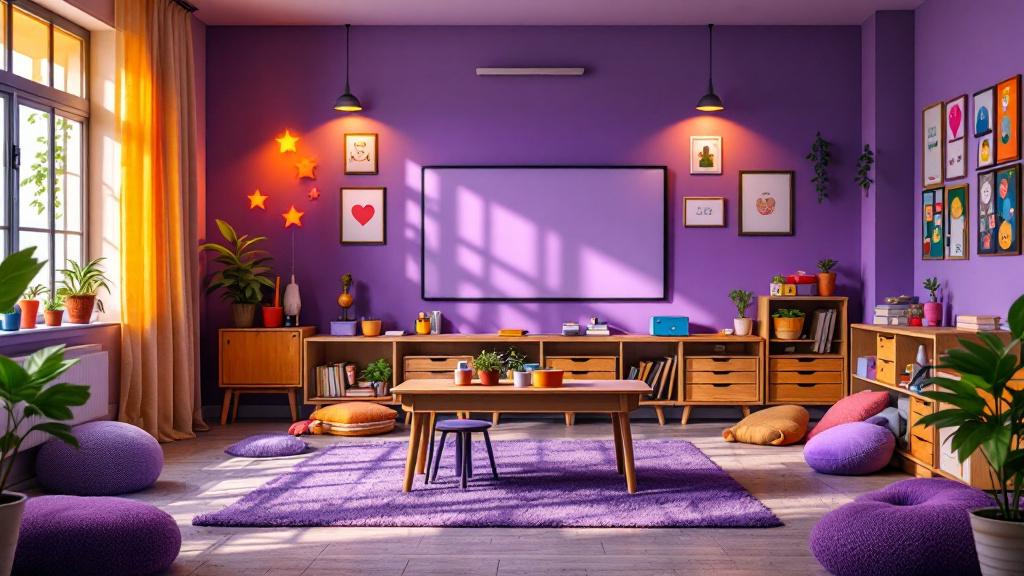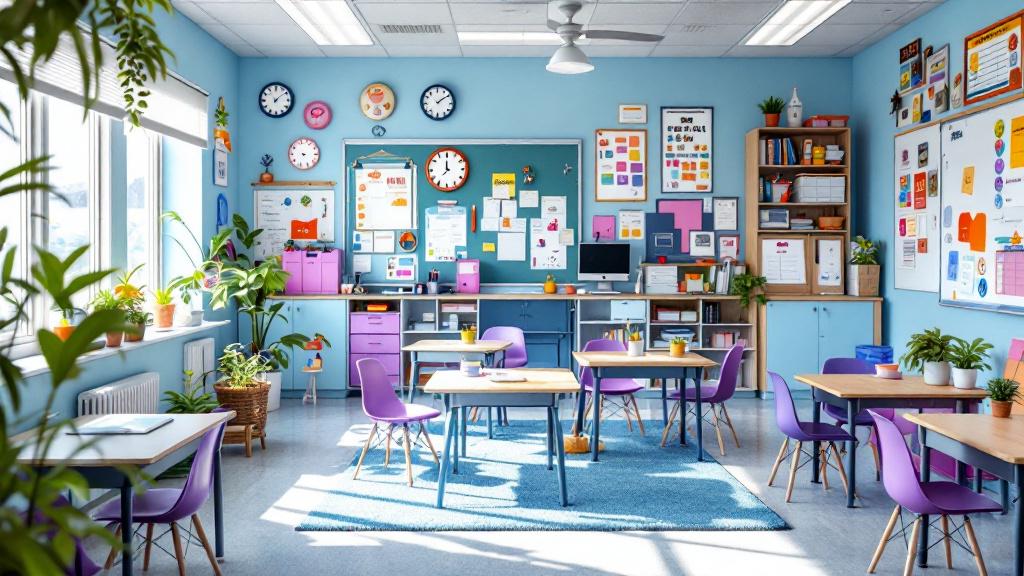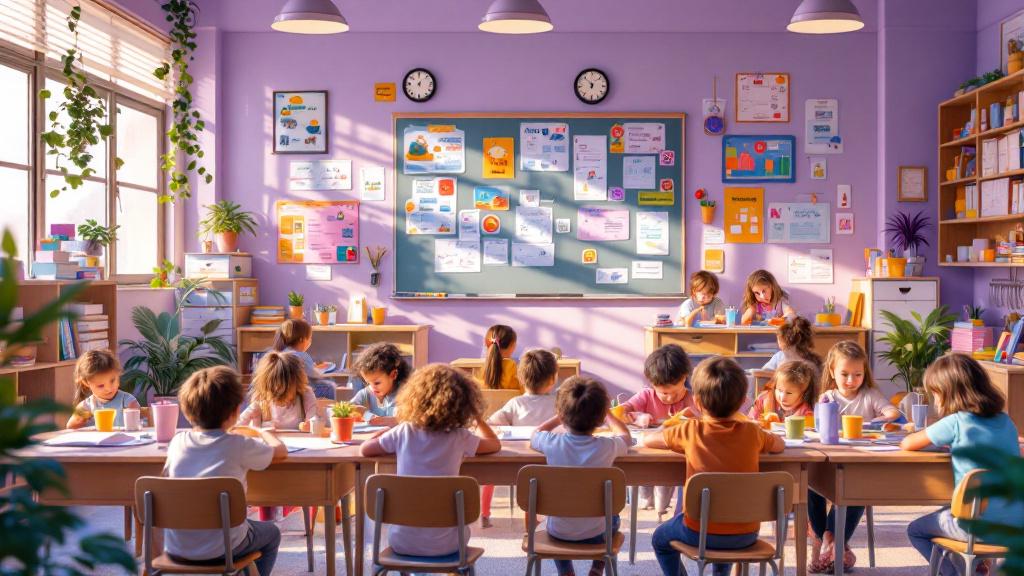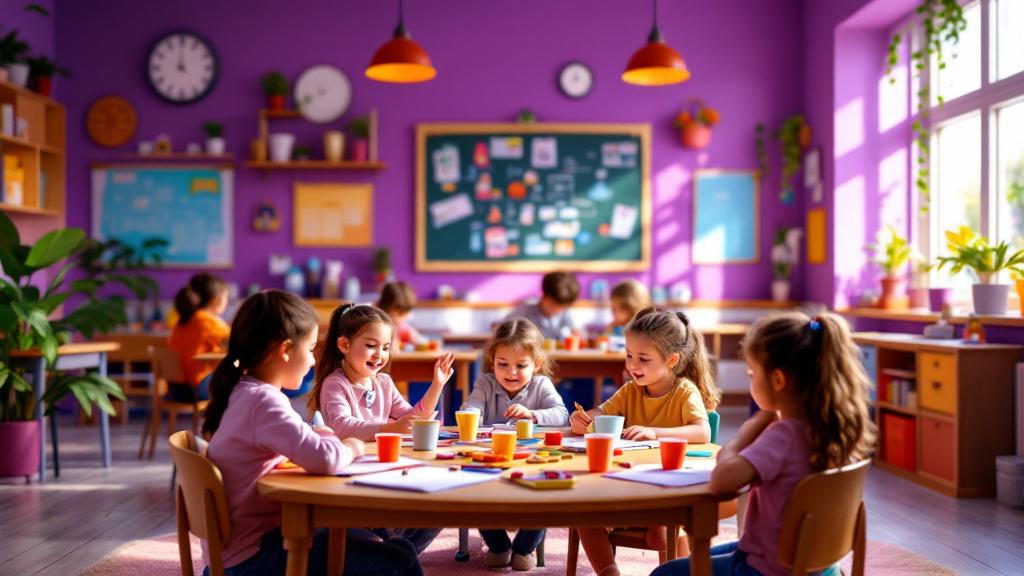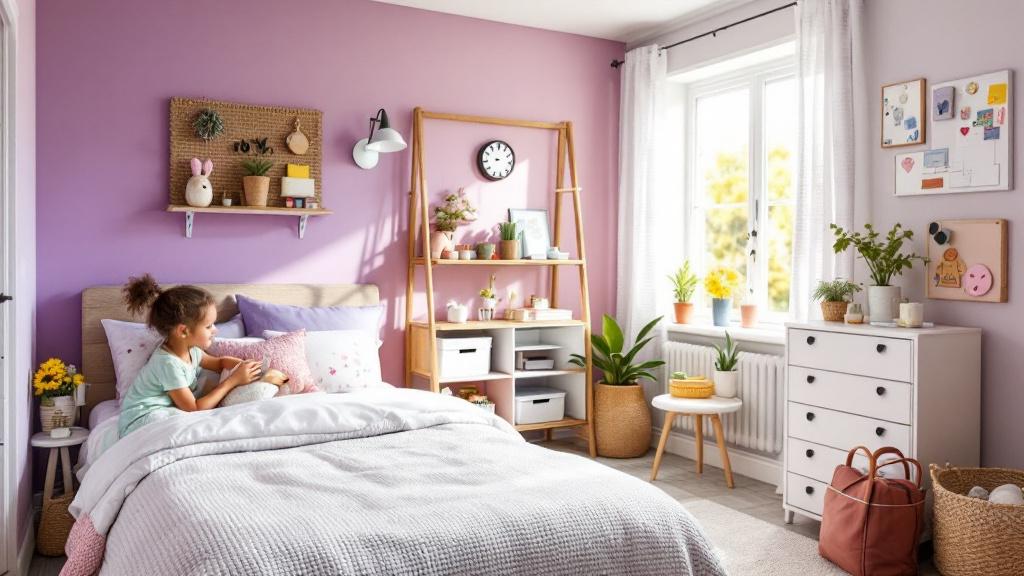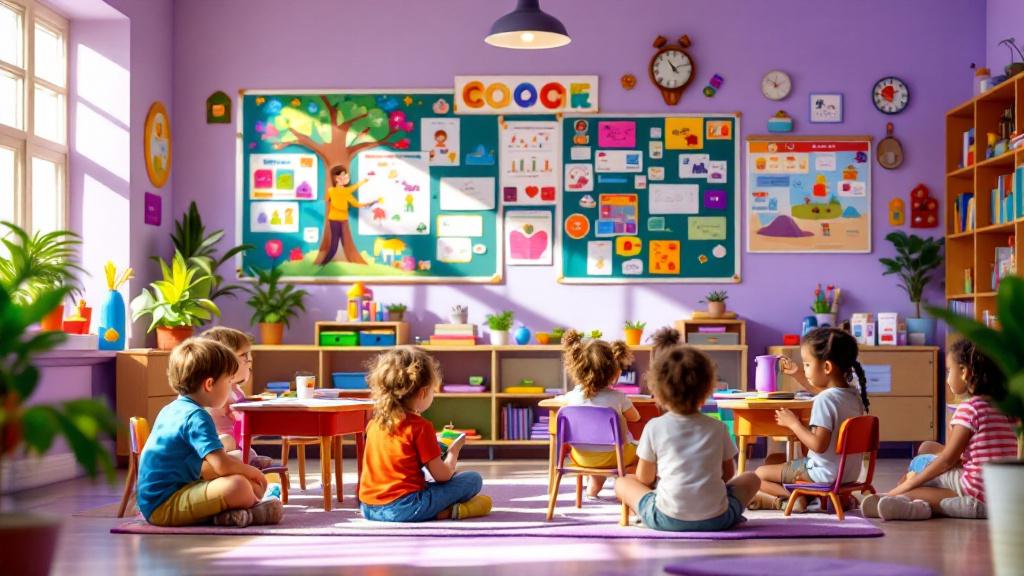Introduction to ABA in Home Settings
Applied Behavior Analysis (ABA) therapy offers transformative impacts for children with Autism Spectrum Disorder (ASD) by focusing on improving socially significant behaviors. Implementing ABA at home requires thoughtful preparation of the environment to maximize the benefits of therapy. This article explores how to set up a home environment that supports ABA therapy, enhancing your child's learning and developmental journey.
The Core Principles of ABA Therapy

What are the principles of ABA therapy and their benefits in a home setting?
Applied Behavior Analysis (ABA) therapy emphasizes improving specific behaviors in children, particularly those with autism spectrum disorder (ASD). Central to this approach are techniques such as positive reinforcement and individualized strategies tailored to each child’s unique needs. Early intervention, ideally around ages 2-3, plays a crucial role in enhancing essential communication and daily living skills, pivotal for successful preschool integration.
In a home environment, ABA therapy promotes the establishment of consistent routines, creating a sense of stability that children thrive on. Collaboration among parents, therapists, and educators reinforces these routines and allows for effective teaching methods. For instance, utilizing Natural Environment Teaching (NET) enables children to practice behaviors in contextually familiar settings, promoting skill generalization across various environments.
Specific techniques like Discrete Trial Training (DTT) and Pivotal Response Treatment (PRT) are instrumental in skill development. These methods focus on breaking down tasks and encouraging active participation, which is vital for learnings to stick. Additionally, when parents participate actively, therapy effectiveness increases significantly, leading to lasting positive changes in communication and social interaction skills.
Overview of Benefits of Home-Based ABA Therapy
| Benefits | Description | Impact on Children |
|---|---|---|
| Structured Routines | Establishing scheduled activities such as meals and playtime. | Reduces anxiety, enhances focus |
| Familiar Environment | Conducting therapy in a comfortable setting prevents overstimulation. | Improves engagement |
| Parental Involvement | Parents actively participating in therapy sessions supports consistency. | Reinforces learning |
| Generalization of Skills | Applying learned behaviors in everyday situations promotes real-world application. | Enhances overall skill retention |
| Customized Strategies | Personalized interventions target individual strengths and challenges. | Tailored support boosts progress |
Implementing ABA therapy in the home not only leads to quicker skill acquisition but also builds a foundation for independent growth, making it an essential component of developmental support for children with ASD.
Incorporating ABA Strategies at Home

How do I incorporate ABA therapy at home?
To successfully incorporate ABA therapy at home, start with establishing consistent routines for meals, playtime, and bedtimes. This structured approach provides predictability, which can significantly reduce anxiety and enhance learning for children with autism spectrum disorder (ASD).
Utilizing visual schedules and checklists can help your child anticipate the sequence of daily activities. These tools make transitions smoother and give children a clearer understanding of what to expect.
Organizing toys and therapy materials in designated areas encourages independent play and exploration. Labeling items and creating specific zones can also foster independence and reduce stress by making it easier for your child to find and access their materials.
Using positive reinforcement is crucial in ABA. Rewards or praise for desired behaviors or following instructions can motivate your child and strengthen their learning process. Reinforcement systems like stickers or tokens can be particularly effective.
Collaborating with professionals
Collaboration with ABA professionals such as Registered Behavior Technicians (RBT) or Board Certified Behavior Analysts (BCBA) is essential. They can assist in developing personalized strategies tailored to your child’s unique needs and help track progress.
Regular communication with these specialists enhances the effectiveness of at-home therapy. They can provide insights into modifying strategies or techniques when necessary, ensuring that interventions remain effective as your child grows and develops.
To wrap up, integrating these strategies creates a supportive environment that promotes learning and growth for your child.
Creating a Supportive Environment for Children with Autism

What are effective strategies for creating a supportive environment for a child with autism?
Creating a supportive environment for a child with autism involves several effective strategies. Establishing structured and predictable routines promotes security, which is essential for anxiety reduction. Using visual schedules can help clarify daily expectations, assisting in transitions between activities.
Incorporating quiet zones within the home helps manage sensory overload, providing a safe retreat when the child feels overwhelmed. Essential items in these areas can include soft furnishings and calming visuals, like gentle lighting or sensory toys.
Clear communication is crucial. Using simple language paired with visual supports and social stories enhances understanding and expression, making it easier for children to navigate their environment. This reduces confusion and fosters a sense of control.
Fostering a supportive social environment is also vital. Engaging in inclusive play and educating peers about autism can encourage acceptance and positive interactions. Ensuring that siblings and friends understand the unique needs of the child can create a more harmonious atmosphere.
Ultimately, by focusing on predictability, clear communication, and social inclusion, you can significantly enhance the child's ability to thrive in an autism-friendly environment.
Preparing Your Home for ABA Therapy
What are some tips for preparing my home for in-home ABA therapy?
To create an effective space for in-home ABA therapy, focus on organized and structured environments.
Space Organization
- Dedicated Therapy Area: Set aside a specific corner or room for therapy. This space should be free from distractions and equipped with essential materials, such as visual aids and sensory toys.
- Minimize Clutter: A tidy environment helps children focus better. Use storage bins to keep materials organized and easily accessible.
- Safety First: Ensure that the therapy space is childproofed, removing potential hazards and securing furniture to prevent accidents.
Routine Establishment
- Consistent Schedule: Establish a daily routine incorporating therapy, playtime, and rest. Consistency promotes security and aids in smooth transitions between activities.
- Visual Supports: Utilize visual schedules that outline the day's activities and expectations, making it easier for children to understand what comes next.
- Incorporate Flexibility: Be patient and allow for adjustments to routines as needed, ensuring that the child can generalize skills learned during therapy to real-life situations, thus enhancing their learning experience.
Supporting Sensory Needs at Home

How can parents support sensory needs and organize a home environment for children with autism?
Creating an autism-friendly home environment is essential for supporting sensory needs. Parents can set up sensory-friendly spaces by reducing distractions, such as harsh lighting or loud noises, to foster a calming atmosphere. Incorporating soft textures, comfortable seating options, and sensory tools like weighted blankets can also help children feel more at ease.
Structured routines are beneficial as they provide predictability. Visual supports, including schedules and social stories, can assist children in understanding daily activities, thereby reducing anxiety. It's important to create quiet zones or calm down corners, where children can retreat when feeling overwhelmed, allowing them to decompress.
Encouraging independence should also be a priority. Providing clear, concise instructions helps children understand tasks, while allowing them limited choices fosters a sense of autonomy. Regularly reviewing and adjusting these supportive strategies can address the evolving needs of the child, ensuring a positive and accommodating home environment.
Table: Organizing an Autism-Friendly Home Environment
| Aspect | Recommendations | Benefits |
|---|---|---|
| Sensory-Friendly Spaces | Use soft colors, minimize clutter, and add calming textures | Promotes relaxation and focus |
| Structured Routines | Implement visual schedules and consistent meal/play times | Reduces anxiety and enhances understanding |
| Quiet Zones | Designate specific areas for retreat during overwhelming moments | Provides comfort and a safe space |
| Encouraging Independence | Use clear instructions and allow choices within limits | Empowers children and increases engagement |
| Regular Review | Adjust strategies based on the child's changing needs | Ensures the environment remains supportive |
The Impact of Environmental Adjustments in ABA
What role do environmental adjustments play in facilitating effective ABA therapy?
Environmental adjustments play a significant role in facilitating effective ABA therapy by focusing on the environment where therapy takes place. A structured and distraction-free setting can greatly enhance a child's ability to engage, learn, and apply desired behaviors.
Creating a dedicated therapy space, even if it's a small corner at home, helps children associate that area with structured learning, improving engagement during sessions. Essential items for this space should include:
| Essential Items | Purpose | Example |
|---|---|---|
| Small table and chairs | Provides a clear workspace | Child-sized table & chair set |
| Organized storage bins | Keeps materials easily accessible | Labelled bins for different tools |
| Visual schedule | Aids understanding of the session structure | Chart showing daily activities |
| Comfort items | Helps reduce anxiety and enhance focus | Weighted blankets, soft cushions |
Natural Environment Teaching (NET) emphasizes the importance of using natural settings, such as home and community, to teach skills. This approach allows children to learn in contexts that replicate real-life situations, promoting generalization of skills.
Techniques like Incidental Teaching and Mand-Model make learning more engaging and focus on functional skills, encouraging children to use their abilities in social settings. By implementing these environmental adjustments, the learning atmosphere becomes supportive and motivating, directly contributing to the effectiveness of ABA therapy.
Enhancing Collaboration Between Parents and Professionals

How can parents and professionals collaborate effectively in the therapeutic process?
Collaboration between parents and professionals is vital in maximizing the benefits of ABA therapy for children with autism. Regular communication is essential; this includes updating each other on the child’s progress, discussing challenges, and sharing successes. By keeping an open line, parents gain insights into effective strategies used during therapy sessions.
Professionals can help parents integrate ABA techniques into their daily routines, ensuring consistency. For instance, utilizing positive reinforcement, such as praise or rewards, can encourage children to practice learned skills during home activities. This not only enhances their learning but also creates a more predictable environment.
Additionally, involving family members fosters a team approach. Family can participate actively in therapy through reinforcing communicated expectations and using visual aids to help the child understand tasks. Implementing routines that mirror therapy practices at home also supports the generalization of skills across different contexts.
Reinforcing learned skills
To strengthen the effectiveness of therapy, parents can engage their children in structured activities that mirror the skills learned in sessions. For example, they might use playtime to reinforce communication skills or social interactions encouraged during therapy.
Creating a structured home environment—with organized materials and clear visual schedules—can significantly aid children in applying what they learn. Both parents and professionals working together allow for adjustments based on the child’s unique needs and progress.
Through this cooperative effort, parents and professionals create a nurturing atmosphere that supports the child's development while fostering crucial skills in social communication and behavior.
Conclusion: Building a Foundation for Growth
Creating a home environment that supports ABA therapy requires thoughtful planning and collaboration between parents and professionals. By tailoring the space to accommodate structured learning, addressing sensory needs, and fostering consistent routines, caregivers can enhance the therapeutic process. This environment not only aids in the acquisition of skills but also supports their generalization, which is essential for the child's development beyond the therapy sessions. With a strategic approach, families can transform their homes into spaces that not only support ABA therapy but also provide a nurturing and effective foundation for lifelong learning and engagement.
References
- How to Incorporate ABA Therapy at Home - Surpass Behavioral Health
- How to Prepare Your Home for In-Home ABA Therapy | All Star
- Home-based ABA Therapy: A Comprehensive Guide
- Creating an Autism-Friendly Home Environment
- Creating a Structured Home Environment to Support Child ...
- How to Prepare Home for In-Home ABA Therapy - Inclusive ABA
- Preparing Your Child with Autism for Preschool: The Role of ABA ...
- Natural Environment Teaching (NET) in ABA | Autism Resources












